Sign up for FlowVella
Sign up with FacebookAlready have an account? Sign in now
By registering you are agreeing to our
Terms of Service
Loading Flow

Physical Adaptations
Mental Adaptations
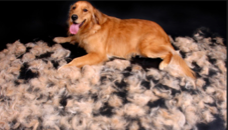
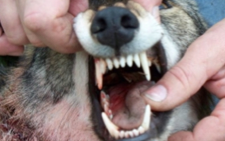
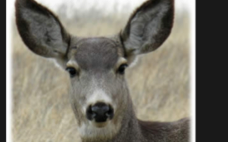
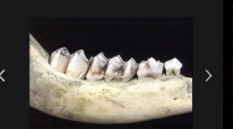
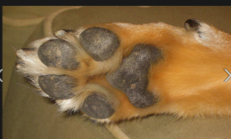
The dog sheds it fur so that it can keep cool during the summer.
The deer has large ears so that it can hear predators coming. The can also rotate their ears to concentrate on a specific area.
The deer have flat teeth to help the with their diet of plants. It grinds the grass.
The dog has hard paws to help it run with out hurting its feet.
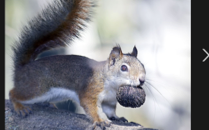
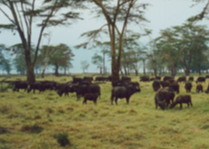
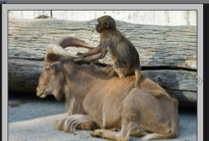
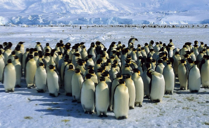
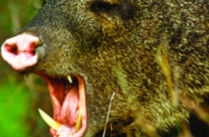
The squirrel gathers acorns to prepare for hibernation.
The water buffalo stay in a group to better defend themselves from predators.
The gazelle tend to stay near monkeys because they have good eyesight and can see predators early.
The penguins stick in a large group and move around to keep warm.
The wild bore uses its upper teeth to sharpen its tusks. So it can easily kill its prey.
The coyote has sharp teeth so that it can tear through flesh and kill its prey.